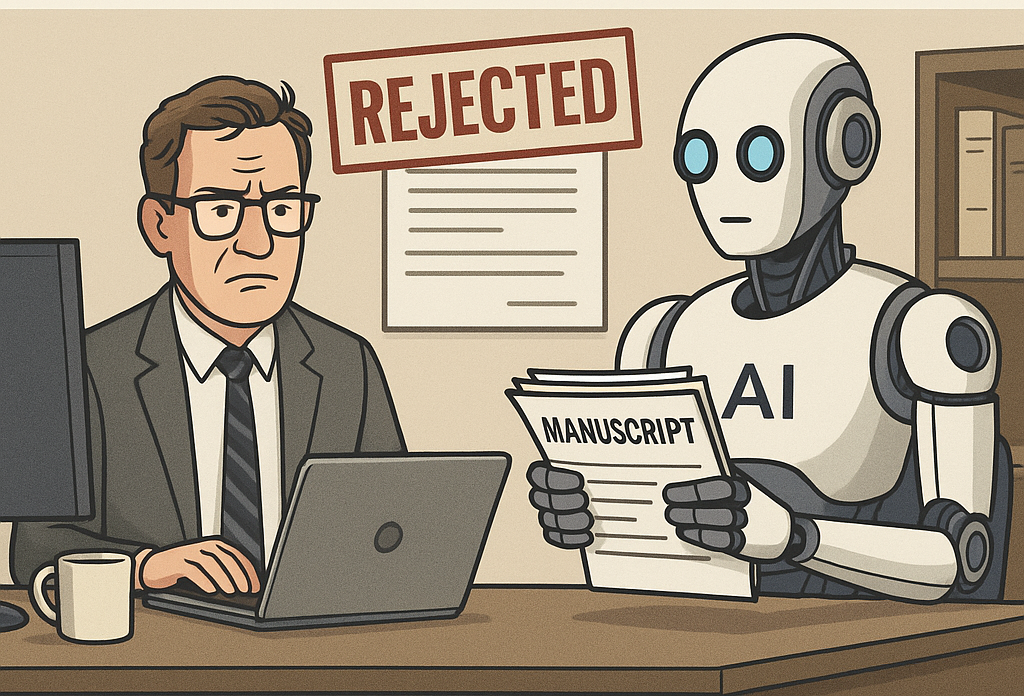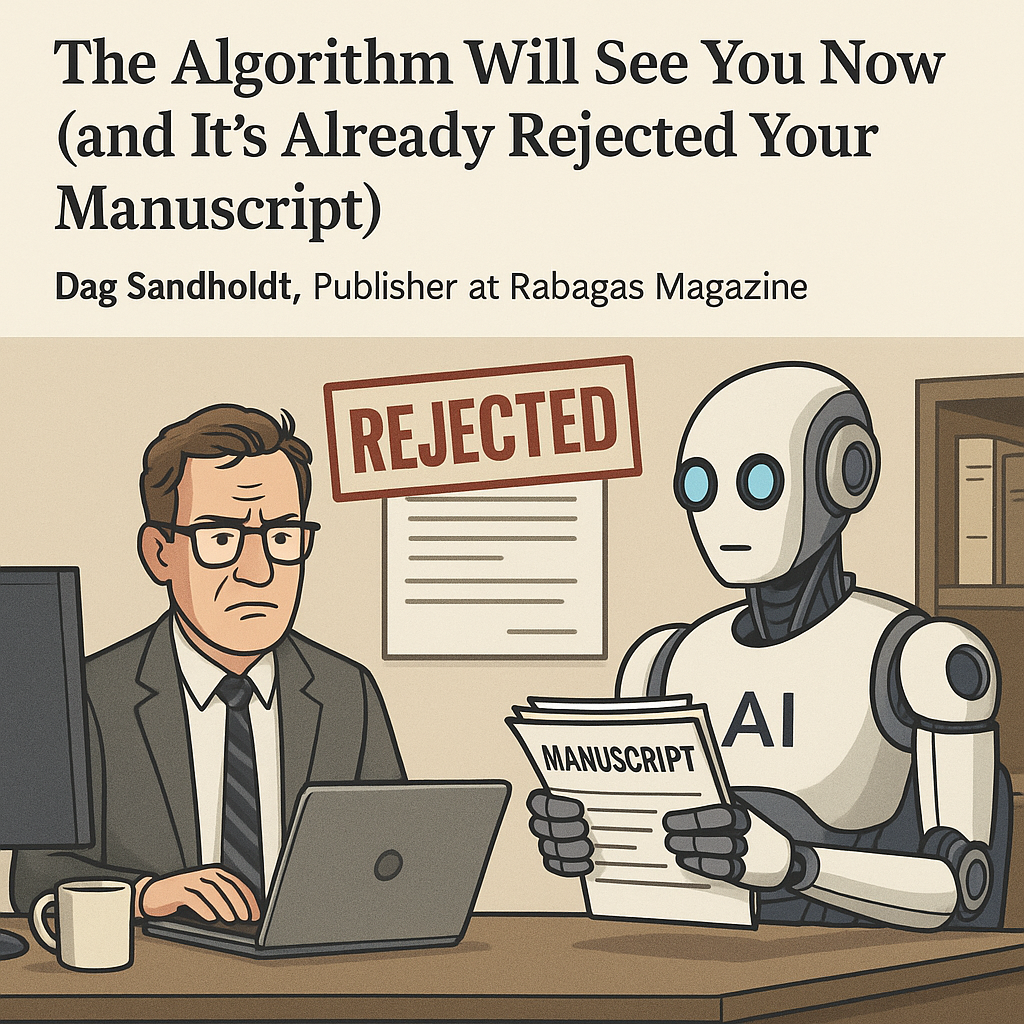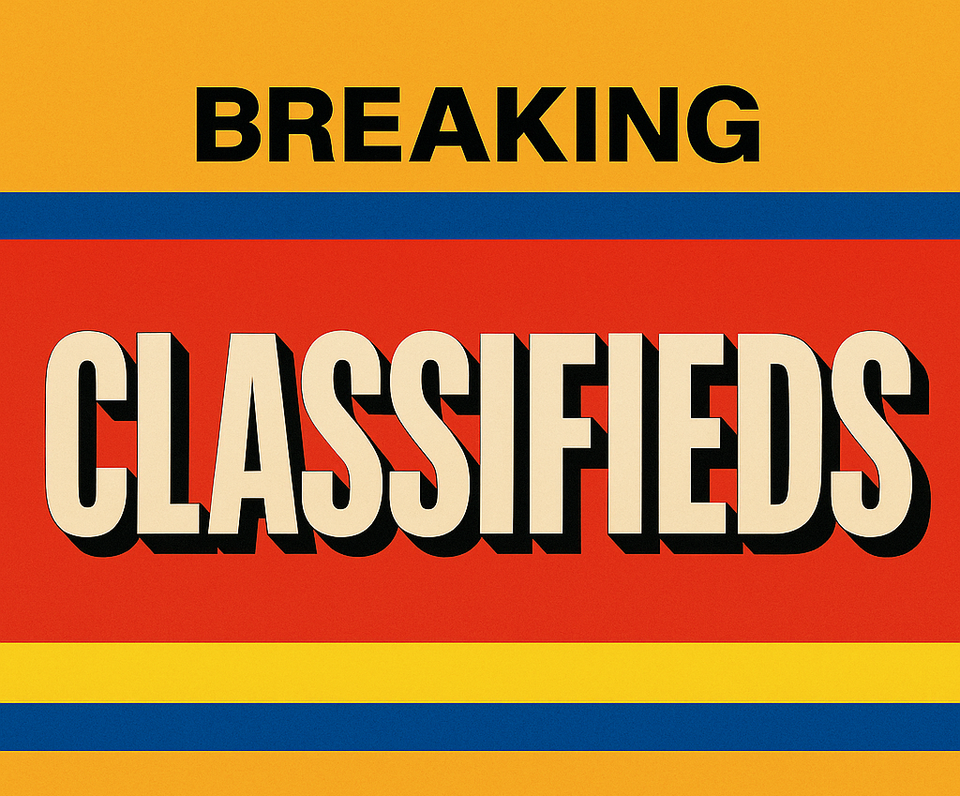The Algorithm Will See You Now
Books are not smoothies. You can’t just throw tropes into a blender and expect them to have a pulse. An algorithm can analyse a thousand bestsellers, but it will never sit up at 2 a.m. because a sentence made it cry.

(and It's Already Rejected Your Manuscript)
By Dag Sandholdt, Publisher at Rabagas Magazine
The other day, I learned that an AI had been hired — not as a novelty, not as a "beta test" — but as an actual acquisitions editor at a publishing house. I wish I could say I was surprised, but I've been in this business long enough to know that if there's a way to make something faster, cheaper, and slightly more soulless, we will find it.
This new digital colleague reads at 4,000 words per second, never takes lunch breaks, and remains completely untroubled by questions of "meaning" or "emotional resonance." It simply ingests a manuscript, calculates market viability, and tells you, in precise percentages, how much your book resembles last year's bestsellers and this year's trending TikTok tropes.

The Human Touch in Publishing
At Rabagas, our editorial meetings used to feature spirited debates:
- Is this story original enough?
- Does it have emotional depth?
- Could we survive the author's Twitter presence?
Now I imagine the AI's process looks like this:
- Scan for genre markers.
- Flag for "insufficient plot twists per chapter."
- Recommend author replace dying grandmother with talking crow to meet Q4 supernatural quota.
It's efficient. Horrifyingly efficient.
The Publisher's Dilemma
The logic is seductive for publishers: fewer human editors means fewer people requesting "creative sabbaticals" or emailing at 10 p.m. about a "rethink" of the cover design. An AI will never argue about comma placement or insist that a paragraph "just feels off." But it also won't notice when a manuscript's quiet brilliance lies in exactly what it flags as unprofitable.




